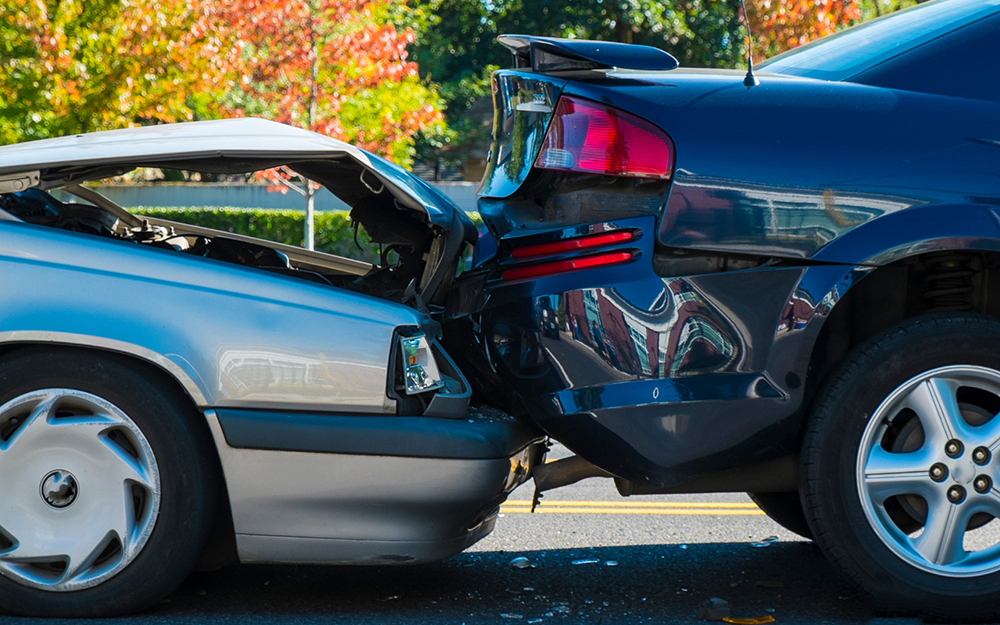
By Flint Wheeler
A new season awakens slowly, like newlyweds on the sixth day of the honeymoon, like campers in the midst of a morning downpour. What has happened before lays out the possible, but is not predictive.
Every season develops with its own rhythm, with new story lines. A summer’s work helps lay the foundation — who used their time off to get stronger, quicker, better? And who did not? A new season casts off the retired, the infirm, the aged, apologetically and unsympathetically: you are ready to roll, or you are not, and if you are not, you are left behind.
A new season can put spring in the steps of coaches with bad hips and replaced knees. It can restore confidence after the previous season’s surprising disappointments. It can bring hope to a city that needs it, or provide a salve for a city that’s hurting.
And every new season brings with it new questions. The biggest and most intriguing has been, “How does a team stop this new Warriors powerhouse?”.
They don’t seem real together, like one or two of them were painted in with CGI after the fact. But there were Stephen Curry, Klay Thompson, Draymond Green and Kevin Durant all together Saturday night, in their exhibition opener. The summer’s biggest moment, on the 4th of July, when Durant announced he was leaving Oklahoma City for Golden State, had led to this. It’s real.
Curry, the world’s best shooting guard and two-time reigning Kia MVP, is now with Thompson, who’s probably the second-best, and Green, who keeps the Warriors playing downhill all the time with his split-second pass or drive decisions, and KD, a seven-foot wing who can see over anyone who tries to guard him. He now has two Westbrooks, where only one was nearly sufficient to get to The Finals last season.
How on earth do you begin to stop them?
To be sure, many teams have enough on their plate worrying about their own squads without having to spend more time contemplating the Warriors’ firepower. But eventually, the league’s other 29 teams are going to have to come up with something.
We know what modern NBA defenses want to accomplish: eschew offensive rebounds in order to get back and limit the opponent’s fast-break opportunities. Close out and deny corner 3-pointers. Keep the ball out of the paint, push as much as you can to the sidelines, sag on screen-rolls and live with contested mid-range shots. And if there’s a subpar free throw shooter on the floor, hack him. It’s hard to do, but the elite defensive units in the league manage a rough cut of this 50-60 times a season.
But Golden State comes to the party with Curry, a career 44.4 percent 3-point shooter. Thompson hits at 42 percent and Durant clocks in at 38 percent (plus seven boards per game to boot). And Green, who raised his 3-point shooting to 38.8 percent last season, is the team alchemist, knowing just how much Steph to include on this possession, how much Klay on that. (Zaza Pachulia, the fifth Beatle/starter, also sets a fairly good screen. If he’s not the equal of Andrew Bogut as a passer out of the post, he’s certainly healthier than Bogut was and as capable of floating to the basket for dunks and layups the other four Warriors will create for him in river-like flow.)
So, can you afford to play them straight up? But if you double-team, who do you double? It’s easy to say just come off of Pachulia and live with twos rather than threes, but it’s not that simple. The Warriors will happily give up an open four-footer to start swinging the ball around and get the defense chasing, until one of its shooters is open behind the 3-point line.
Now you have to add Durant’s passing lanes to Curry’s draw-and-dish ability, and Green’s lobs.
There’s no good answer, other than the cliché among the hoariest of all: make them work at the other end. Current NBA Odds to win the Championship; Golden State Warriors -125, Cleveland Cavaliers +300, San Antonio Spurs +900, Boston Celtics +1800, Los Angeles Clippers +2500.









































